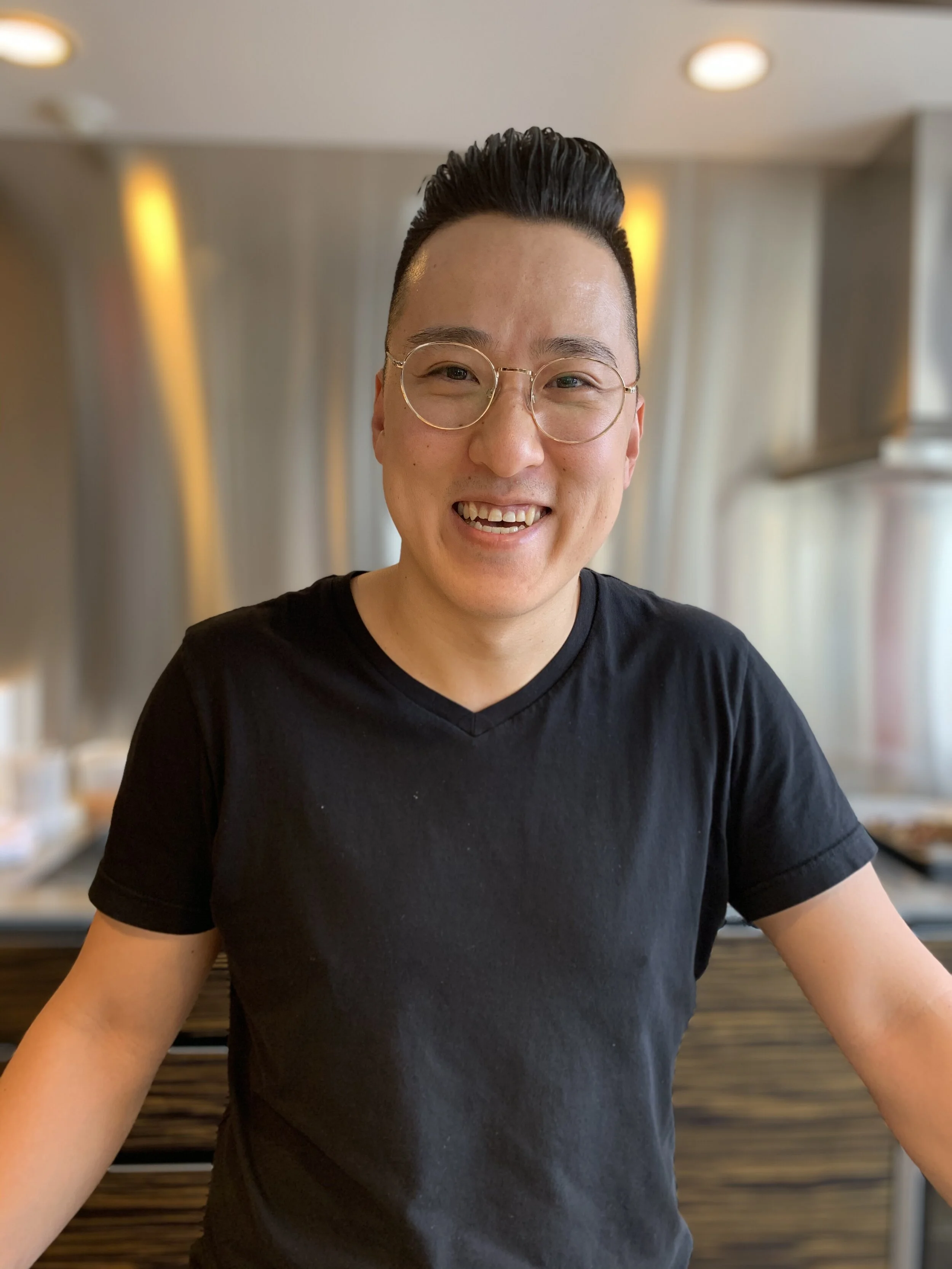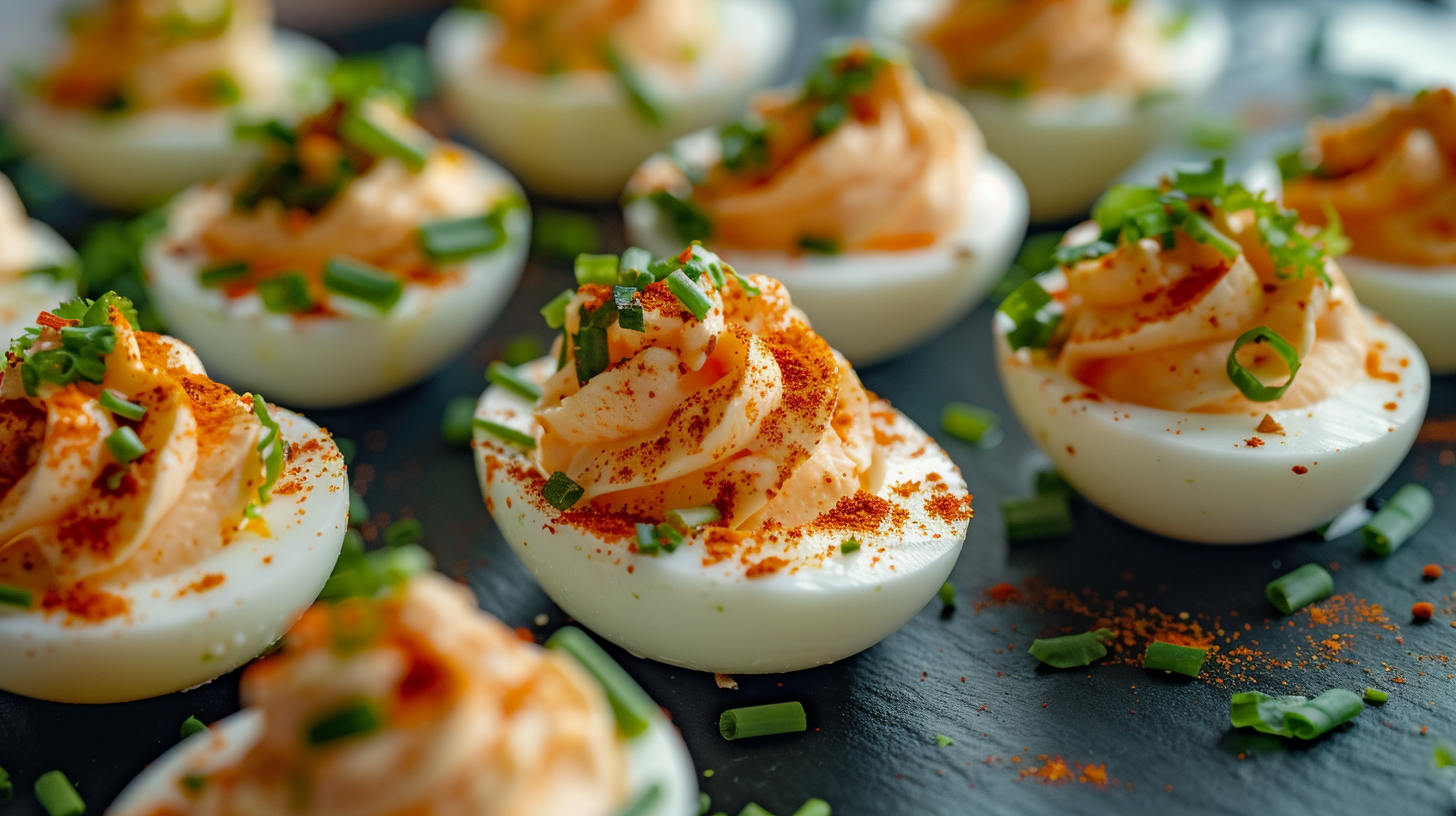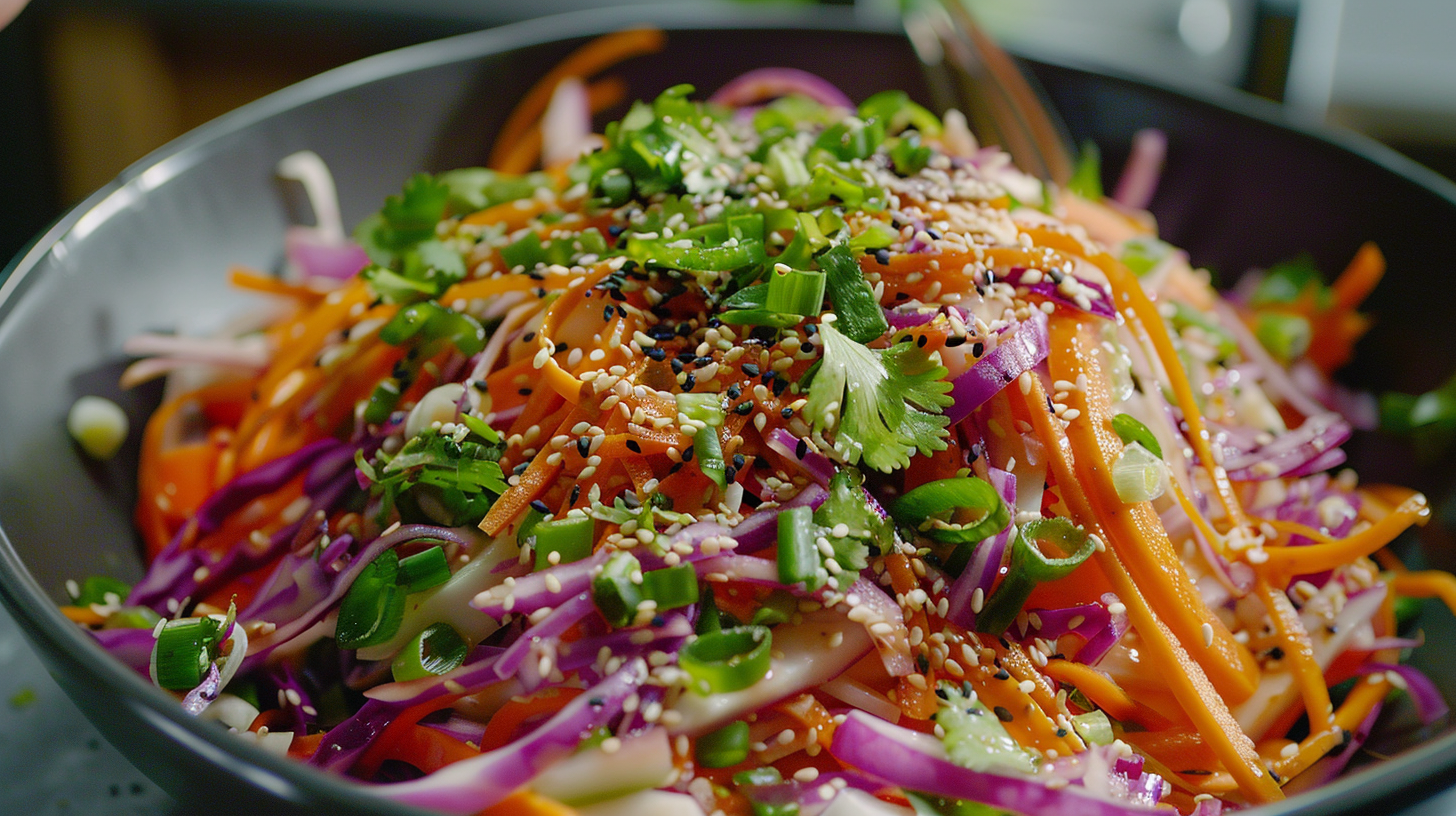The Ultimate Guide to Perfectly Crispy Sweet Potato Fries
Let's get real here—I'm a huge fan of french fries, and when sweet potato fries hit the scene, I was all in. There's just something about that sweet, hearty flavour that gets me every time. But, man, there was one thing that really bugged me. Why were they always so soggy?
On a Quest for the “Crunch”
I remember munching on these at various corporate restaurants I worked at, noticing that while everyone seemed to jump on the sweet potato fry bandwagon, nobody was able to make them with a crisp exterior. They were often limp, greasy, and nowhere near the crisp texture I had in mind. Even when you tried to fry them longer, problems only got worse. Now they became borderline burnt and therefore, had a bitter taste.
I thought, there has got to be a better way. There's one thing a fry should be, it is crispy. Not just on the edges, but all over. So, I did some extensive research on the subject and finally figured out how to pull it off.
The Dynamic Duo: Baking Soda and Cornstarch
After some trial and error, the winning combo is baking soda and cornstarch.
Here's the deal—
baking soda added to a pot of boiling water, to first blanch, preps the sweet potato, by creating more surface area and changing the molecular makeup of some of its natural components to achieve the desired crispy texture we all crave and love.
How: because Science!
Baking soda; creates an alkaline environment by raising the pH level of the water. This accelerates the breakdown of the pectin in the potato starches, making the exterior mushier.
Alkalinity; facilitates the maillard reaction, the chemical reaction between amino acids and sugars in the foods, which gives browned foods their distinctive flavor and crunch.
Surface area; by breaking down the surface of the potatoes, baking soda gives the potato a rougher texture that increases surface area, resulting in more crunch and crispiness after frying.
Enhanced Heat Penetration; the softened exterior allows the heat to penetrate the potato more evenly, ensuring the inside is cooked through while the outside gets a perfect crisp.
The secondary step method to achieve ultimate crisp texture requires, cornstarch mixed with water to coat, and therefore batter, the fries. Think of it as equipping each fry with a miniature suit of armour. This step guarantees that the fries emerge from the fryer not merely cooked, but enveloped in a delightfully crunchy exterior that hits the mark every time. Very similar to how a Japanese tempura batter works.
How: because science!
Surface Area; each granule of starch acts as an additional surface to generate texture on for the final product.
Moisture Barrier; preventing the oil from soaking into the fries too much, allowing for an even cook.
Gelatinization: When cornstarch meets hot oil, it undergoes gelatinization - the starch granules swell, burst, and form a network that traps moisture inside while staying crispy outside.
Ingredients
1-2 pcs (450g-900g) Sweet Potato
4 tablespoons (57g) Cornstarch
4 tablespoons (60ml) Water, cold
1 teaspoon (5g) Salt
1 teaspoon (5g) Baking soda
Oil for frying (preferably vegetable oil)
Tools Needed
Deep fryer or wok
Pot for boiling
Slotted spoon
Tray with a wire rack
Oven (for keeping fries warm)
Mise en Place, aka Everything in its place
Set Up Your Frying Station: If you're using a deep fryer, ensure it's clean and fill it with vegetable oil according to the manufacturer's instructions. If using a wok, add enough oil to deep fry the fries, usually at least a couple of inches deep. Turn on the heat to medium-high and use a cooking thermometer to reach 180°C (350°F).
Preheat the Oven: Turn on your oven to 120°C (250°F). This is where you'll keep your cooked fries warm and crispy while you finish frying in batches.
Prepare Your Ingredients: Wash the sweet potatoes thoroughly. Peel them if you prefer peeled fries, although the skin can add texture and nutrients. Cut the sweet potatoes into even 1/2 inch thick strips. Try to keep the size consistent for even cooking.
1st cook, aka Blanch stage of Sweet Potatoes
Boil the Sweet Potatoes: In a large pot, combine water with salt and baking soda. The water should be enough to cover the sweet potatoes when you add them. Bring the water to a boil over high heat. Once boiling, carefully add your sweet potato strips and let them simmer for 7-8 minutes. They should be tender but still hold their shape.
Temper oil: in a deep pot get to desired temp (180°C or 350°F), hold this temperature until blanched fries are ready to fry!
Make the Cornstarch Slurry: While the potatoes are boiling, prepare the slurry. In a bowl, mix the cornstarch with cold water until it's completely dissolved. This mixture will help create a crispy coating for your fries.
Coat the Fries: After boiling, drain the sweet potatoes and let them cool for a moment. Then, gently toss them in the slurry to ensure they are evenly coated. This step is crucial for achieving that crispy texture.
2nd Fry and Serving
Fry the Fries: Once the oil reaches the right temperature (180°C or 350°F), add a batch of your coated sweet potatoes. Don't overcrowd the fryer or wok; they should be in a single layer. Fry until they are golden brown and crispy, about 5-7 minutes. Use tongs or a slotted spoon to turn them occasionally for even browning.
Drain and Keep Warm: After frying, use a slotted spoon or tongs to transfer the fries to a tray lined with a rack or paper towels to drain excess oil. Then, place them in the preheated oven to keep warm while you fry the rest.
Eugene's Extra Cooking Tips
Avoiding Sogginess: To prevent your fries from becoming soggy, don't put them on a plate directly after frying. A cooling rack, with paper towels under the rack, will help remove excess oil and keep them crispy by allowing air flow around the bottom so no moisture is formed from contact on a surface.
Seasoning: After frying, while the fries are still hot, is the best time to season them. The heat helps the spices stick better. You can use simple salt, or get creative with garlic powder, smoked paprika, or a spice blend of your choice.
Double Frying Technique: For an even crispier texture, you can fry the sweet potatoes twice. First, fry them until they're just soft inside, then let them cool. Fry again for 2-3 minutes at a slightly higher temperature (190°C or 375°F) until they're golden brown.
Dipping Sauces: Experiment with different sauces to find your favorite pairing. Classics include ketchup, mayo, or ranch. For something unique, try mixing mayo with a bit of sriracha or honey mustard.
Using Leftovers: If you have leftover fries, reheat them in the oven at 200°C (400°F) for a few minutes to get them crispy again.
Victory Over Sogginess
This method turned my sweet potato fry game around. Gone were the days of soggy fries that flopped over when you picked them up. Now, it was all about that crunch. Each fry was a little celebration of texture and flavour, exactly what I'd been chasing after.
So there you have it- a simple fix, really, but it makes all the difference. Next time you're in the mood for some sweet potato indulgence, give this method a whirl. Trust me, it's a game-changer. Here's to making our sweet potato fry dreams come true, one crispy bite at a time.
I'd love to see your culinary creations!
Whip up a batch using this recipe and share your success with me. Don’t forget to tag @the_eugefood on your social media posts and we . I can't wait to see your crispy, golden masterpieces!
You’ll Also Love These
Hi, I'm Eugene, but many of you might recognize me as "The_EugeFood". With over two decades working in diverse kitchens, I've come to cherish the genuine connections and shared experiences that cooking brings. For me, it's not about the high-pressure, competitive world you see on TV. It's about the joy of gathering around a table, the stories shared over simmering pots, and the laughter that follows a shared meal. I'm here to demystify the culinary world, to show you that if you can boil water for cup noodles, you're already on your way. Cooking isn't just a skill; it's a journey of discovery, and I invite you to join me on this adventure to becoming a better cook.









